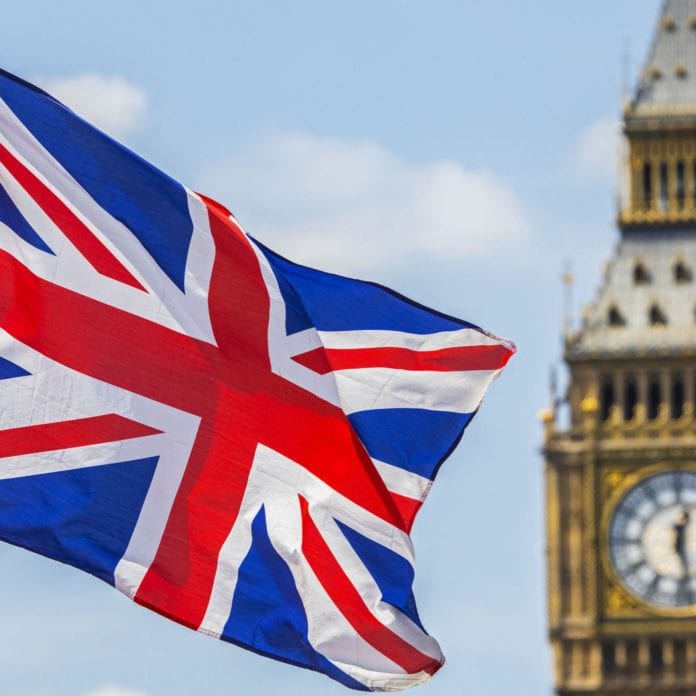Over 45 new locations—including Aberdeen, Canterbury, Ipswich, and Windsor—will gain access to 5G SA, raising coverage to 34 million people across the UK
In sum – what to know:
5G SA coverage grows – EE reaches 34 million users across over 45 new U.K. locations by August 2025, aiming for 41 million by spring 2026.
Enhanced services – Adds voice over 5G for faster call setup and smoother streaming, gaming, and video calling even in crowded areas.
Wider device support – 5G Standalone device coverage spans Apple, Samsung, Google, TCL, and more; no cost is added for eligible users.
U.K. carrier EE, owned by BT Group, is expanding its 5G Standalone (5G SA) network to cover more than half of the country’s population by the end of August 2025, the telco said in a release.
Over 45 new locations—including Aberdeen, Canterbury, Ipswich, and Windsor—will gain access to 5G SA, raising coverage to 34 million people across the U.K.
The telco highlighted that its 5G SA network delivers more secure connectivity suited for live streaming, video calls, and mobile gaming. EE also said it plans to reach 41 million people by the spring of 2026. In the next month alone, 38 additional locations will be added, including Halton, Lichfield, Norwich, and Wrexham.
This expansion also includes Voice over 5G Standalone (Vo5G) technology, allowing compatible Android and iOS users to make voice calls via 5G SA with faster call setup times.
Greg McCall, chief networks officer at BT Group, said: “Whether you are video calling from a crowded train station, livestreaming on social media from a sold‑out concert, or simply staying in touch with your family and friends over the summer holidays, 5G standalone on EE makes your experience smoother, faster and more secure.”
The U.K. operator expects to reach countrywide coverage with its 5G network by 2028, McCall previously told RCR Wireless News.
“Our ambition is to enable a 5G connection anywhere in the U.K. by 2028. The strength of our underlying 4G network has put us in a good position to make widespread 5G coverage improvements outside of big cities, with the telco’s 5G now available to nearly 80% of the U.K. population. This means that we’ve made strong progress in bringing 5G to smaller communities across the U.K., as well as to popular rural tourist destinations and National Parks,” McCall said.
The executive highlighted that small cells are an integral component within the operator’s mobile network, being designed for capacity offload from the macro network to ensure that even in the busiest places, customers have access to the full performance of the network.
These small cells are being installed on everyday street infrastructure including BT’s red phone kiosks and digital street hubs, as well as lampposts and other furniture. The company previously noted that it uses advanced network analytics to identify specific locations which would benefit the deployment of small cells. The carrier had also stated that it is currently working with Nordic vendors Nokia and Ericsson to deploy the small cell solutions.
Commenting on the challenges being faced by the telco when it comes to the monetization of investments in the 5G field, McCall noted that the question of network monetization is a challenge for all mobile operators. “At BT Group, we’ve refreshed our network strategy so that we’re laser-focused on developing a fully programmable network which is on-demand, real-time, AI-first and offers best-in-class security capabilities.”
He continued: “Our new 5G Standalone (5G SA) network is a central pillar of this strategy, representing a leap forward in capability which will help to deliver on the real promise of what 5G can do, both for consumers and the enterprise – whether that’s optimizing AI and cloud-gaming experiences, or the ability to harness network slicing for dedicated quality of service.”

